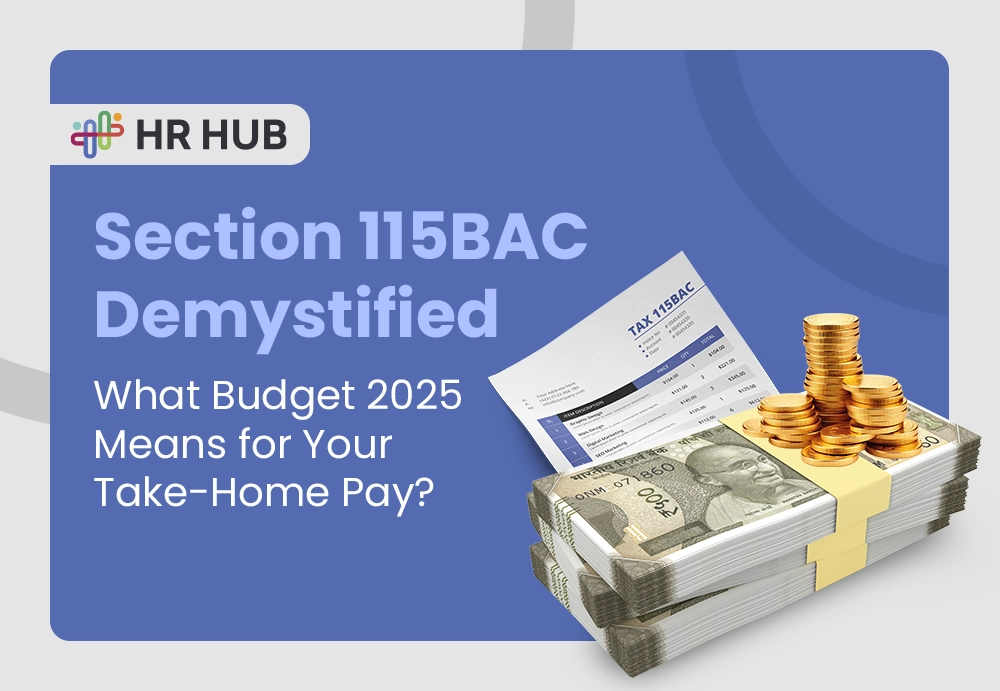The EPF remains one of the most solid financial instruments for millions of workers, providing a strong safety net and ensuring financial security during retirement. As we enter 2024, knowing and being knowledgeable about EPF withdrawals is more important than ever, empowering you to maximize your benefits when needed.
With the EPF, whether one is saving for a major life event, children's education, or golden years, there is a versatile tool for savings that grows and protects the earnings. This helps guide you through the most updated rules, eligibility conditions, and strategic advantages of drawing upon your EPF to maximize savings.
Understanding the Employees Provident Fund (EPF)
The Employees Provident Fund is a savings scheme designed to provide the Indian employable with reserve capital so that workers in the formal sectors attain financial security during their retirement years.
The Employees Provident Fund operates by pooling money through periodic contributions from the employee and the employer. The Employees Provident Fund Organisation determines interest rates every year. It is generally regarded as more or less competitive visàvis other investment avenues.
EPF Withdrawal Rules: What’s New in 2024?
The Employees Provident Fund Organisation (EPFO) amends withdrawal rules so that the provident fund becomes more beneficial to its members. Here are some new developments in 2024:
- Increased Flexibility for Medical Emergencies: In severe illnesses, employees can withdraw up to 90% from their EPF accounts without waiting for a specific contribution period. It is aimed at ensuring financial support in medical emergencies.
- Relaxed Norms for Home Purchase: EPFO made withdrawing EPF accumulations for purchasing a property easier. Employees can withdraw their entire 90% EPF balances to purchase or construct a house after three years of total service, reduced from five years.
- Enhanced Provisions for Education: After five years of total service, EPF members can withdraw 50% of their contributions to finance post-secondary education for themselves or their children.
- Unemployment Withdrawal Adjustment: EPFO now allows a one-time withdrawal of up to 50% of their contribution after one month from the date of unemployment for supporting workers whose job is transferred or who suffer layoffs.
Eligibility Criteria for EPF Withdrawal
Eligibility for withdrawal from EPF depends upon the reason for withdrawal and the service period of the member :
- General Withdrawals upon Retirement: The total amount in an EPF can be withdrawn upon reaching the age of 58 years.
- Partial Withdrawals on Property/Loan: An EPF member must have served for a minimum period of three years before he is eligible for his withdrawal to buy property or pay out a loan.
- Education/Marriage: Amount withdrawn regarding expenses on education or marriage payable to EPF members after seven years of service.
- Medical Purposes: The employee doesn't require a minimum service period for medical grounds.
Benefits of Timely EPF Withdrawals
Utilizing the EPF at the right times can significantly enhance financial security and flexibility:
- Emergency Fund: Timely withdrawal from EPF in cases of medical emergencies or during unemployment acts as an essential safety net, preventing debt accumulation.
- Funding Significant Life Events: Using EPF funds for life milestones such as marriage, education, or homeownership helps manage significant expenses without incurring high-interest debts.
- Retirement Planning: Regular and planned post-retirement withdrawals ensure steady inflows, maintaining a lifestyle without much strain.
How Can an HRMS System Assist in Maximizing Your EPF Benefits?
A very advanced HRMS provides Employees Provident Fund contribution management and utilization techniques at their best, offering numerous features that help manage effective financial planning and compliance. Here's how an HRMS can be instrumental:
- Integrated EPF Management Tools: An HRMS often offers integrated tools that connect with EPFO databases, allowing for real-time access to EPF balances and transaction histories. This transparency helps employees make informed decisions regarding their withdrawals.
- Custom Alerts and Notifications: HRMS systems can even be customized to offer alerts about important EPF milestones, such as becoming eligible for withdrawal for different purposes, approaching the contribution deadline, or changes in EPF policies or interest rates. Employees are always equipped with their options and timing for best utilization.
- Automated Eligibility Assessment: The system checks eligibility for different types of withdrawals, based on the employment period, age, and balance, automatically for an employee. It can then go a step forward to ensure that the chances of application rejection are reduced while applying for withdrawals.
- Financial Planning and Simulation Tools: HRMS systems often include simulation tools that allow employees to forecast their financial scenario post-retirement, estimate future EPF accumulations, and calculate potential interest earnings. These tools assist in strategic withdrawal planning aligned with long-term financial goals.
- Documentation and Application Assistance: HRMS systems can assist users in preparing and submitting withdrawal applications by automating much of the documentation process. This includes ensuring all necessary forms are correctly filled out and submitted to the EPFO, reducing manual errors and processing times.
- Educational Workshops and Webinars: Many HRMS systems offer educational sessions such as workshops and webinars to educate employees on the benefits of EPF, recent rule changes, effective withdrawal strategies, and maximizing fund utilization for various financial needs.
- Support for Employer Contributions: An HRMS simplifies the management of EPF contributions for employers through automated payroll integration. It ensures the accurate and timely deposit of employee and employer contributions, maintaining compliance and reducing administrative overhead.
- Analytics and Reporting: An HRMS provides detailed analytics and reporting tools that help businesses monitor overall EPF contributions, track employee withdrawal patterns, and forecast future liabilities. This data is crucial for sound financial planning and effective employee benefits management.
By leveraging these features, an HRMS enhances EPF management for individual employees, assists organizations in maintaining compliance, and supports their workforce in maximizing their provident fund benefits. Through the strategic use of an HRMS, employees, and employers can achieve greater financial security and a supportive workplace environment focused on effective benefits management.
Final Thoughts: Make Your EPF Work for You
As we roll through 2024, understanding how to utilize this Employees Provident Fund will help you with your financial well-being.
By understanding the current EPF withdrawal rules and planning strategically, you can ensure that this fund serves its purpose in making your life stages rich, whether through enhanced educational qualifications, celebrating life's milestones, or making retirement more comfortable.
Let your EPF be a tool for achieving your life's goals more than just your retirement fund. With the aid of platforms like HR HUB, managing your provident fund has never been easier or more effective. Explore how HR HUB can help you maximize your EPF benefits today!





